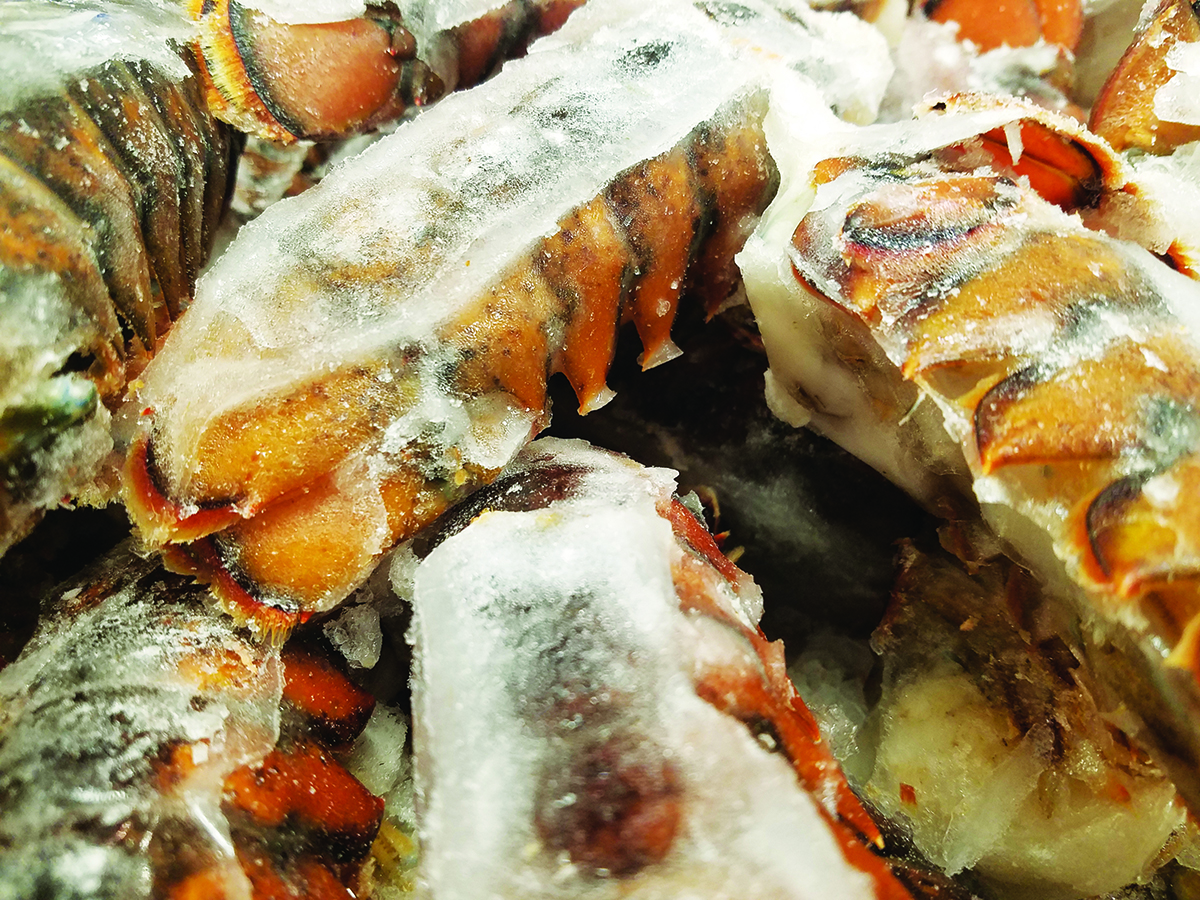Frozen seafood is becoming an increasingly powerful supermarket revenue driver.
The North American frozen seafood market totaled $13.4 billion in 2020 and is forecast to reach $16.1 billion by 2026, reported IMARC Group, a Sheridan, Wyo.-based market research firm.
About 73% of U.S households purchased frozen seafood in 2020 versus approximately 51% for fresh, according to FMI-The Food Industry Association (FMI).
While the COVID-19 pandemic is helping to fuel frozen seafood sales as shoppers stock up on proteins to reduce the amount of supermarket trips, an increasing consumer focus on convenience foods, including ready-to-eat and ready-to-cook products, and a growing health consciousness is spurring demand as well, according to IMARC Group. In addition, advancements in freezing technologies, technological innovations, better supply chain solutions and increasing premiumization of products are helping to enhance product quality and activity.
The longer shelf life of frozen seafood and its year-round availability also are contributing to greater activity, stated Fact.MR, a Rockville, Md.-based market research and consulting firm. “This allows fish to be purchased at a lower cost without sacrificing quality or nutrition,” the firm noted.

Seafood product innovations, and particularly those that include frozen shellfish, are at an all-time high, according to Fact.MR.
Indeed, cost is the top factor that will spur consumers to eat more frozen seafood, stated the FMI’s Power of Seafood 2021 report, along with better-tasting products and the availability of more frozen seafood varieties.
Merchandising frozen seafood, meanwhile, enables supermarkets to offer wider selections from both U.S. coasts and globally, said Russell J. Zwanka, director of the food marketing program and associate director of food marketing at Western Michigan University in Kalamazoo.
“Operators that are not on the east or west coast for saltwater fish will need to fly in fresh seafood and that will add a premium to the pricing solely due to logistics,” he said. “Supermarkets that are known for variety will want to bring in seafood from around the world and the cold chain can be maintained better with frozen product.”
Convincing consumers
However, convincing more shoppers that frozen seafood is as nutrient-rich as fresh selections remains a merchandising challenge, Zwanka said, even though “in many ways frozen is better since the fish is usually flash frozen at sea.” The flash freezing technique enables seafood to freeze within seconds following harvest. The process helps seal in nutrients, flavor, texture and quality.
It is important for retailers to educate shoppers on such benefits at the point of sale via marketing vehicles that can include hanging signage and floor decals, he said.
Spotlighting specific frozen seafood varieties in stores also may be arduous as retailers must coordinate the merchandising of selections in both the frozen aisle and seafood department, Zwanka said. Displaying messaging on the frozen case that indicates additional selections are available in the seafood department, while situating less healthy options, such as fish sticks and fried seafood, in the frozen aisle and higher quality items in the seafood department are often effective measures, he said.
Affixing an image or advertisement for a particular product on the frozen case door also will spotlight the item while compensating for the glare that may make it difficult to view selections inside the case, Zwanka noted.
In addition, it is vital that retailers offer the most appropriate frozen selections for their unique customer bases. Shoppers, for instance, typically expect more fresh options at outlets located closer to the oceans, while retailers far from the source will benefit more from frozen selections, Zwanka stated, adding that merchandisers also can spur more sales by expanding their arrays. “Many supermarket cases have just three types of salmon, some cod, and shrimp, but this could be a great place to also tout assortments of sea bass, branzini, red snapper, and flounder,” he said.
Product innovations, meanwhile, and particularly those that include frozen shellfish, are at an all-time high, Fact.MR reported. “Consumers around the world are increasing the consumption of frozen and ready-to-eat food on account of their hectic lifestyles,” the firm noted. “Recognizing the opportunity, key players are increasing the production of frozen seafood.”





